Shortly after I received my Nikkor 500mm f5.6PF lens I wrote about it being an evolution in bird photography. Re-reading that post, many of the issues I wrote about apply to the Nikkor Z 800mm f6.3mm VR S that I received last week and spent last weekend testing. In short, nothing is different from what I wrote about the preproduction lens we had access to in December and January. This can be summarised in 2 words, sharp and light.
What has changed compared to the 500PF? Essentially 300mm more reach for the loss of 1/3 of a stop of aperture. This means that it is a significantly larger lens so more of a challenge for travel but still a completely handhold-able option. Compared to a 500mm f4 with 1.4x teleconverter you have a much lighter, better balanced package with 100mm more reach at expense of 1/3 of a stop. With the high ISO performance of modern camera bodies, I think that the f6.3 choice was an excellent compromise on Nikon’s part. Sticking with a f5.6 maximum aperture would have resulted in a 143mm diameter front element – 16mm more than f6.3. This would have added a larger, heavier element at the front of the lens and increased weight and altered balance significantly.
The light weight makes it easy and comfortable to hold on a subject and wait for for a specific pose or action. Previous generation telephotos would necessitate some kind of support or taking breaks and hoping the desired action didn’t coincide with a break! Lying prone while handholding the lens I could get a nice low angle on the above swan and was ready when another performed a postpreening wing flap.
Not needing support and being light it is easy to swing onto opportunities with flying birds. This next image of a Mallard in flight was a snap shot as it passed overhead. Almost full frame it was easy to locate the bird in frame, lock focus and fire off a sequence. The low weight and excellent balance with the Z9 makes a smooth swing and steady tracking much easier than with a heavier combination.
This matuku moana/White-faced Heron was similarly an opportunistic shot as it flew past.
This ability was also highlighted while photographing swallows in flight. 800mm is not the ideal focal length for this as it is much easier to locate erratic subjects with a wider view of 400-500mm. While being more challenging with the the larger, longer lens it is still quite achievable.
The benefit of the excellent tracking and high frame rate of the Nikon Z9 is the number of times action is caught that is just to too quick for the human eye to appreciate. These next 2 images show birds in the process of hawking midges.
Another issue that adds to hand hold-ability is the Vibration Reduction which with the Nikon Z9 combines lens VR and IBIS. While no help with moving subjects it does open up some other opportunities. This next shot of a Tui was taken as I returned to my car from the lake edge well after the light had passed.
While the images during which the Tui was moving are motion blurred, the images where it was still were sharply rendered at 1/100s.
Arriving home I saw the crescent moon and decided to try a hand-held shot.
Exposure is not normally an issue with the moon unless eclipsing, as it it is essentially lit by full sunlight. The issue is more focal length. My previous moon photos have been with the 500mm f4 and 2x teleconverter locked down on a tripod. To achieve this sharp detail hand-held is far simpler and opens up other options for the Nikkor Z 800mm f6.3 VR S for more spontaneous lunar photography.
So where does the Nikkor Z 800mm f6.3 VR S fit for bird photography? What is it’s role in the bird photography ecosystem? Is it the one lens to rule them all or is it a specialist tool for specific roles? At the moment my feeling is that it a specific tool for certain jobs and there are other more versatile tools for general bird photography. My current bird lens kit comprises the 300mm f4PF, 500mm f5.6PF ( with teleconverters), 800mm f6.3PF and 100-400mm f4.5-5.6 (with 1.4x teleconverter).
Decisions about what to pack will depend on anticipated targets. A walk into the bush yesterday to photograph North Island Robins meant that the 300mm f4 PF was the correct lens for the job at hand. A trip for Rockwren or waders would mandate the 800mm (or if gear was restricted the 500 with teleconverters). As a general walk around set up the Z9 with 500mm PF or 100-400mm is hard to beat, but the D500 and 300mm PF is much lighter with similar reach. The size of the 800mm means that it is not something to carry on the off chance. I would be keen to try the 800mm on a pelagic but suspect the 500mm PF would be a more sensible choice.
For an upcoming short trip including domestic air travel, I am planning to take the 800mm as it will be ideal for one of the potential subjects ( if it hadn’t been available the 500PF and teleconverters would have been packed), the 100-400mm for it’s versatility and possibly the 300mm f4 for the bush. I will probably report back after the trip.
As I have written before, there has has never been a better time to be a bird photographer. We have so many capable choices now. This can complicate the issue but the Nikkor Z 800mm f6.3 VR S is another tool to add to the equation.
All photos with the Nikon Z9 (firmware v2.00) and Nikkor Z 800mm f6.3 VR S.
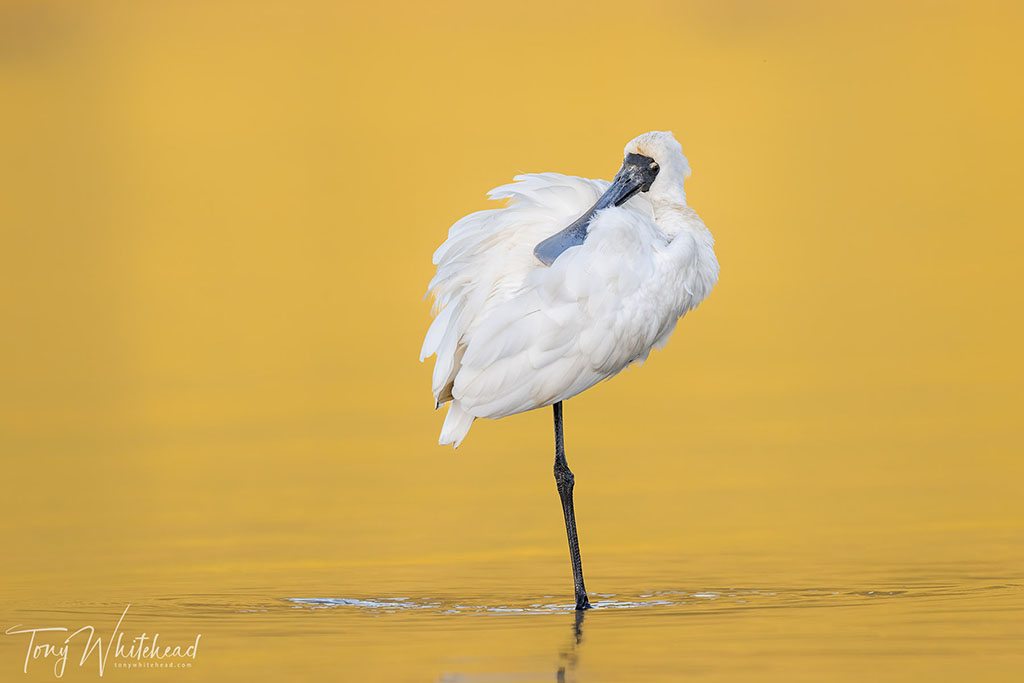
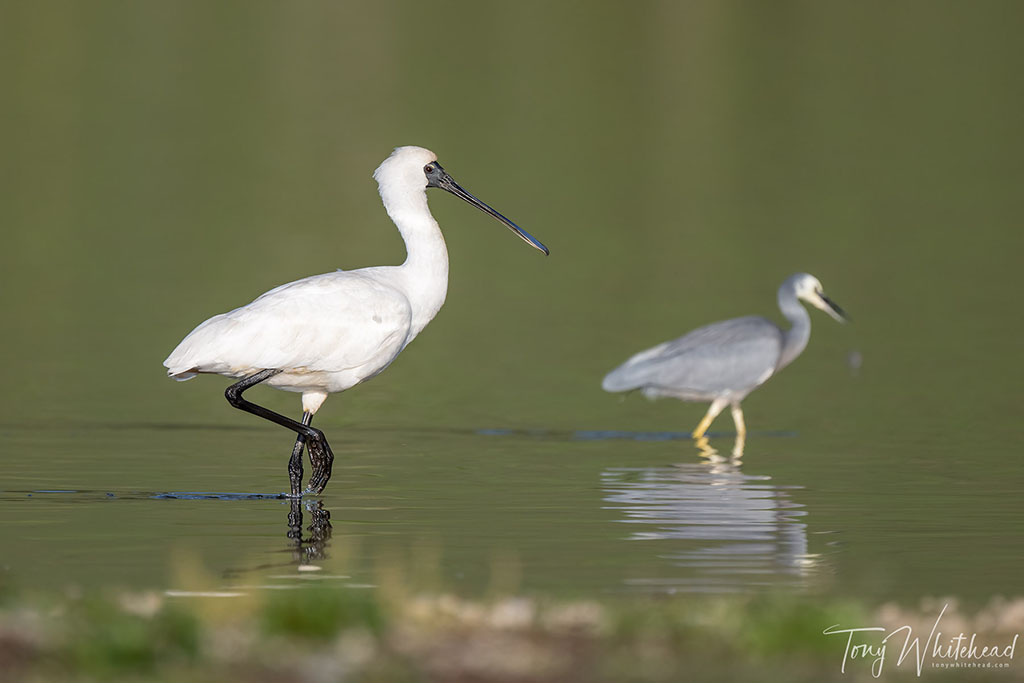
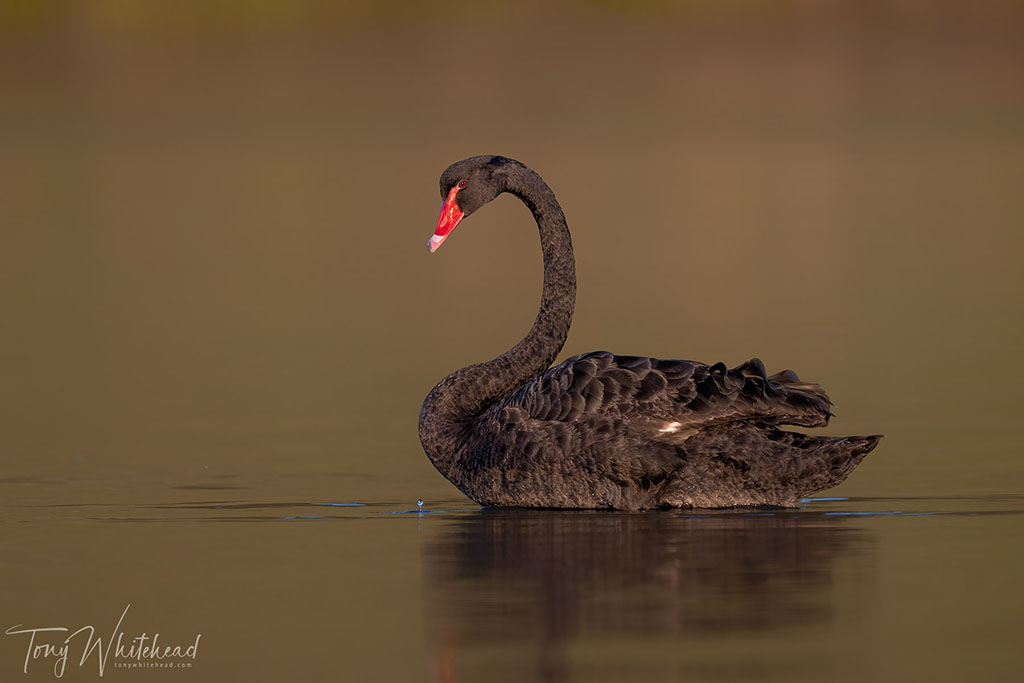
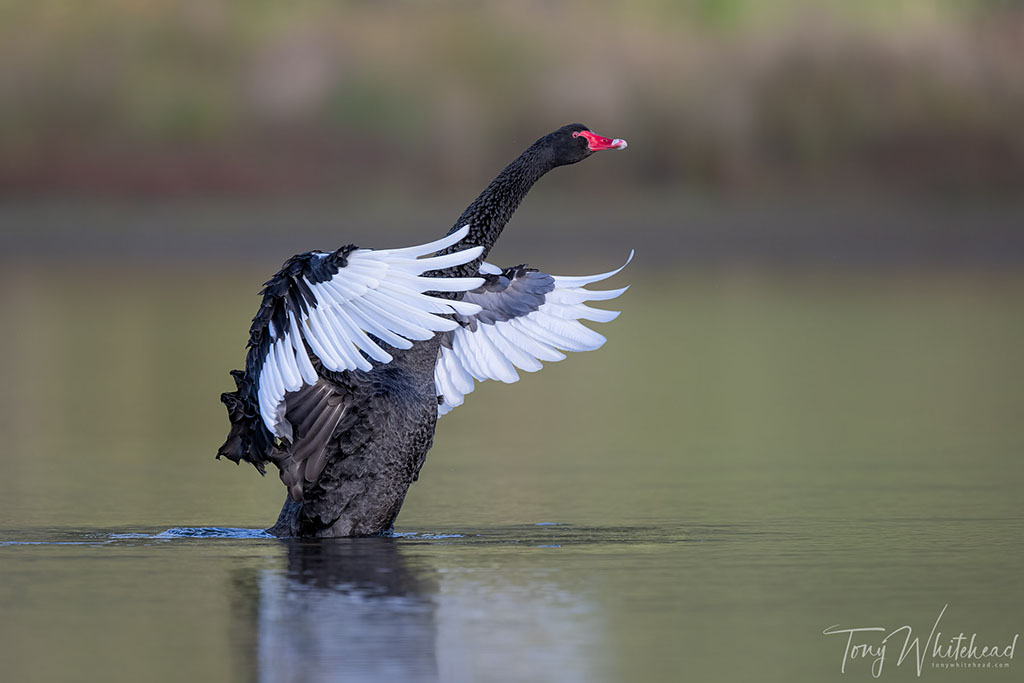
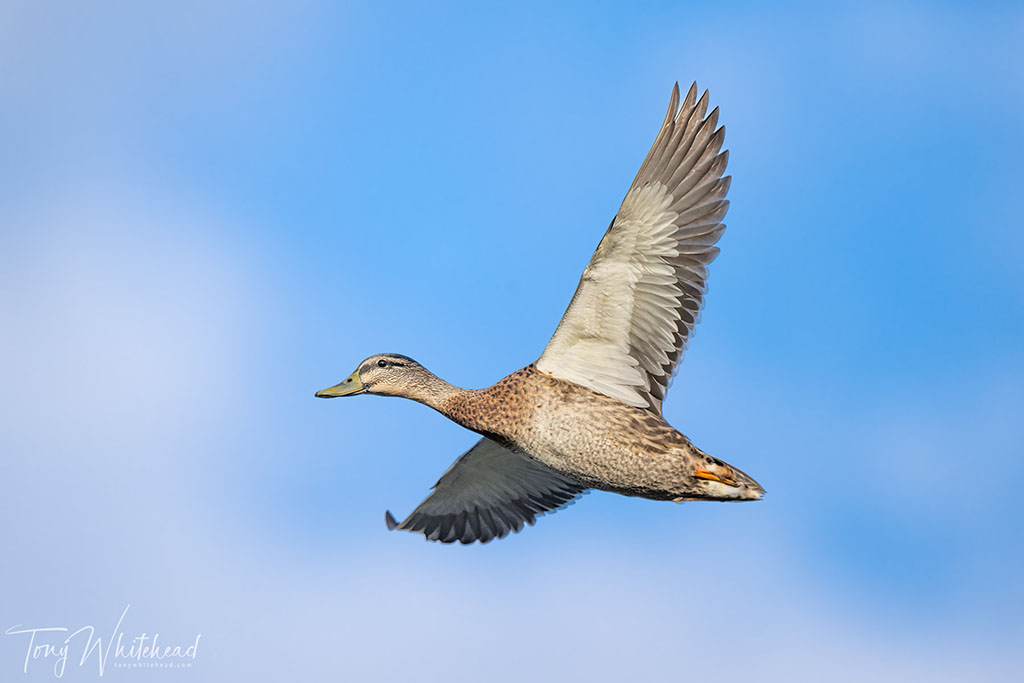
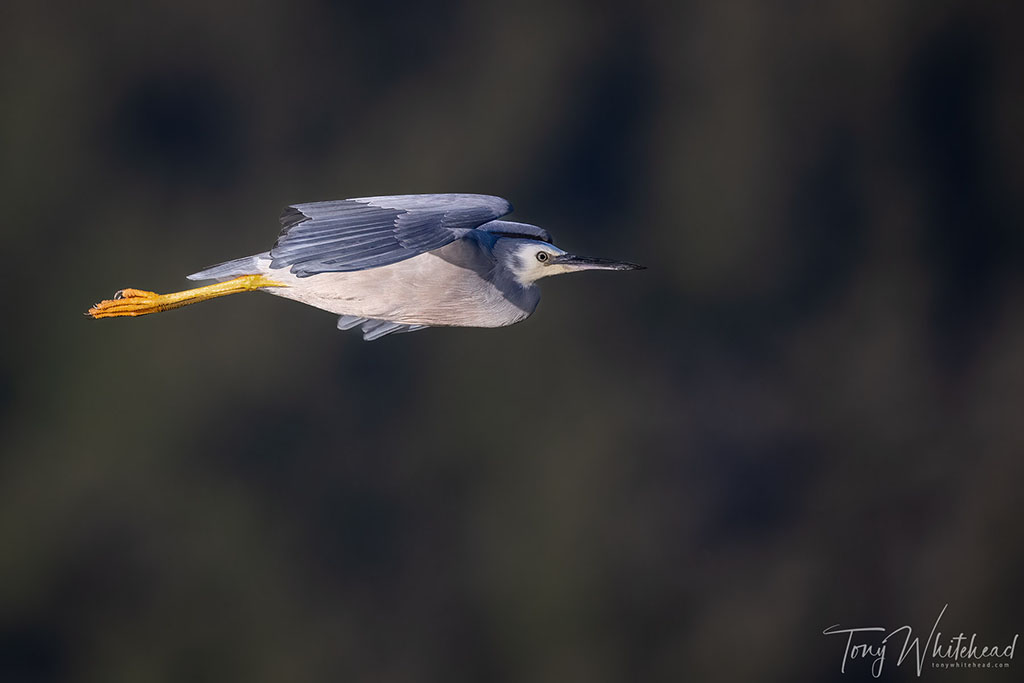
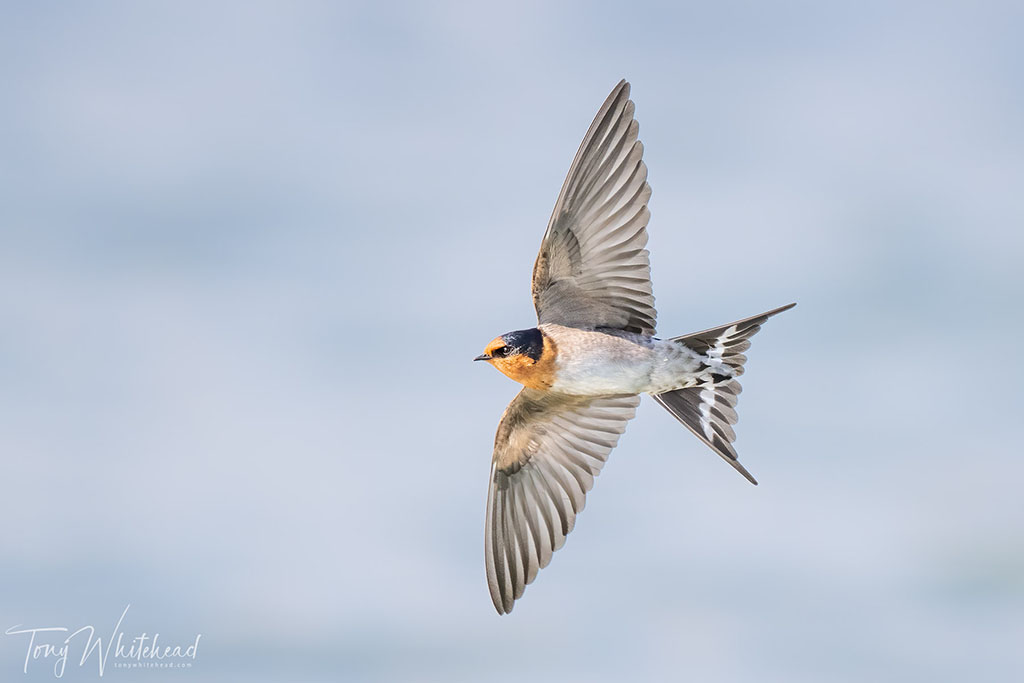
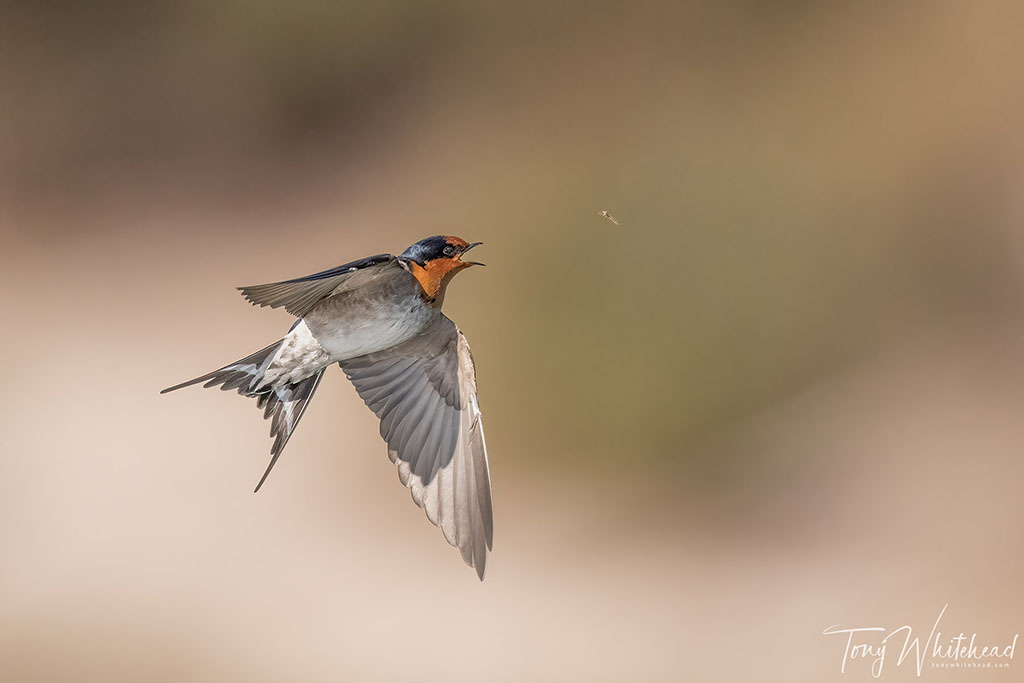
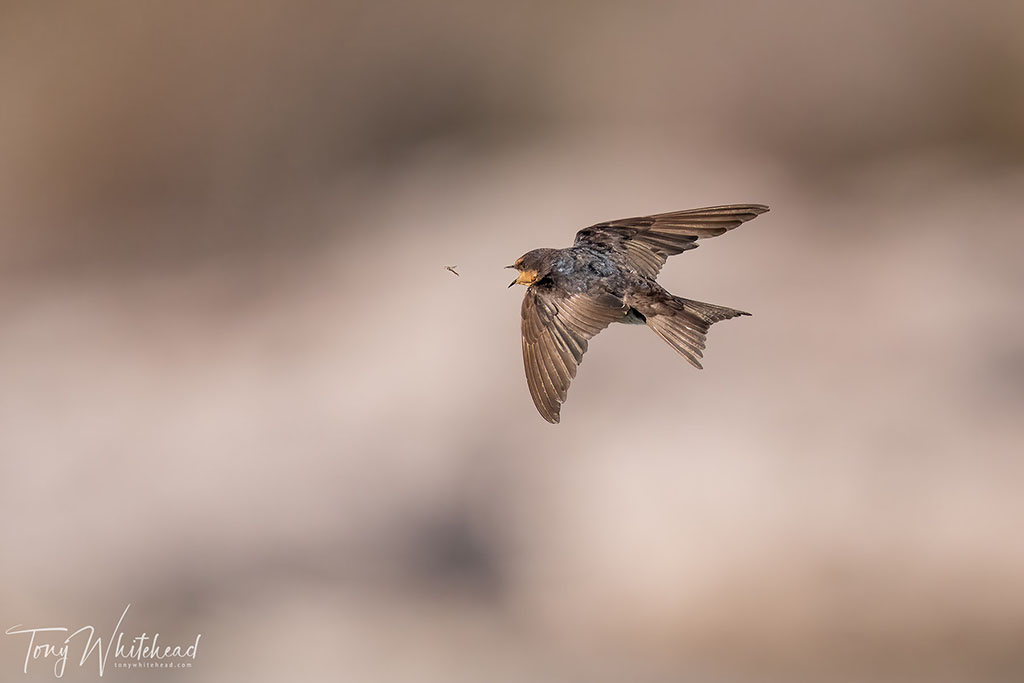
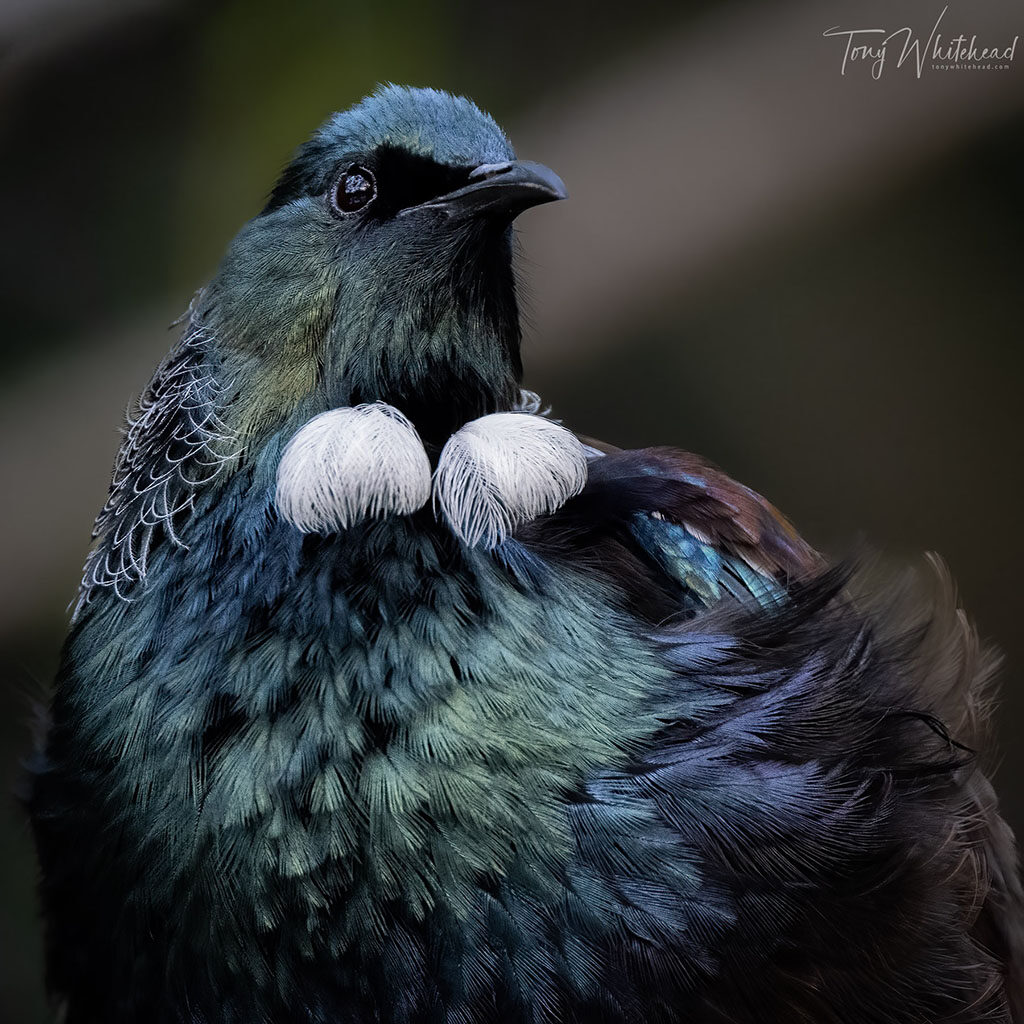
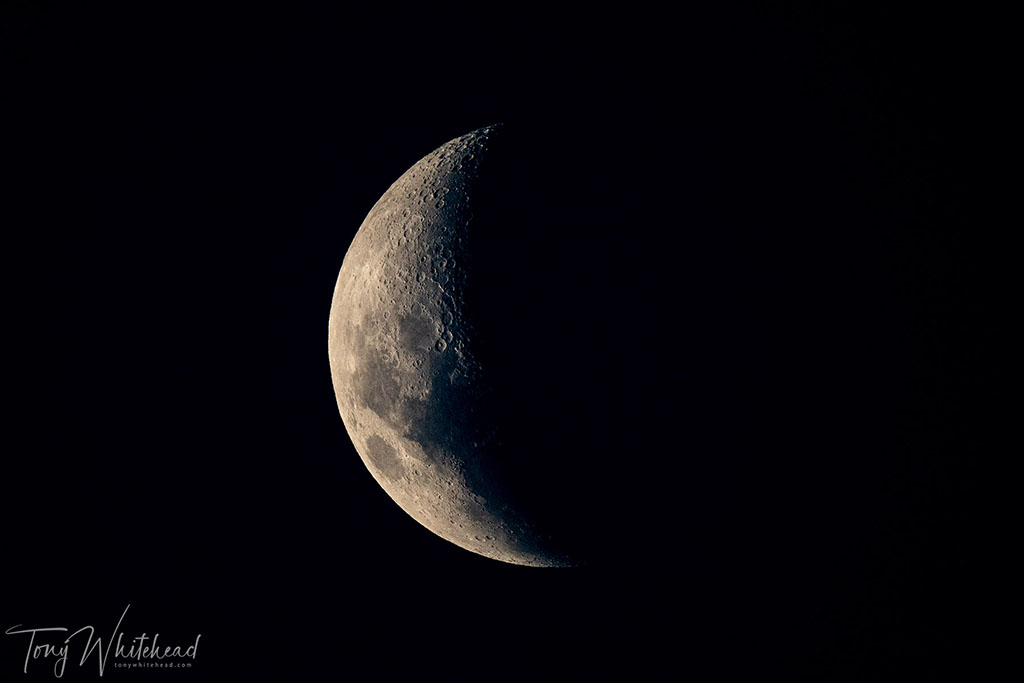
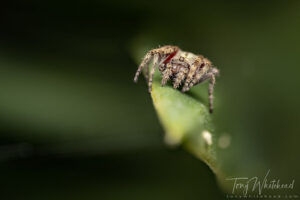
Stewart terrall
16 May 2022Isn’t a 500pf with teleconverter a bit too slow for a lot of bird photography?
tony
16 May 2022Not so much now that high ISO is so usable. There are always going to be situations where other options are better but with cost/weight disadvantages. The Canon 600 and 800 f11 can do some decent bird work in the right conditions.
Daniel Gettis
20 May 2022Cannot wait to get mine in hand. Love BIF and have been working on small BIF lately (warblers, bluebirds, woodpeckers, etc). I’m getting sharp shots with my 500PF but have to crop too much.
tony
20 May 2022I’m sure you will enjoy it, Daniel. Partners well with the 500PF for birds.